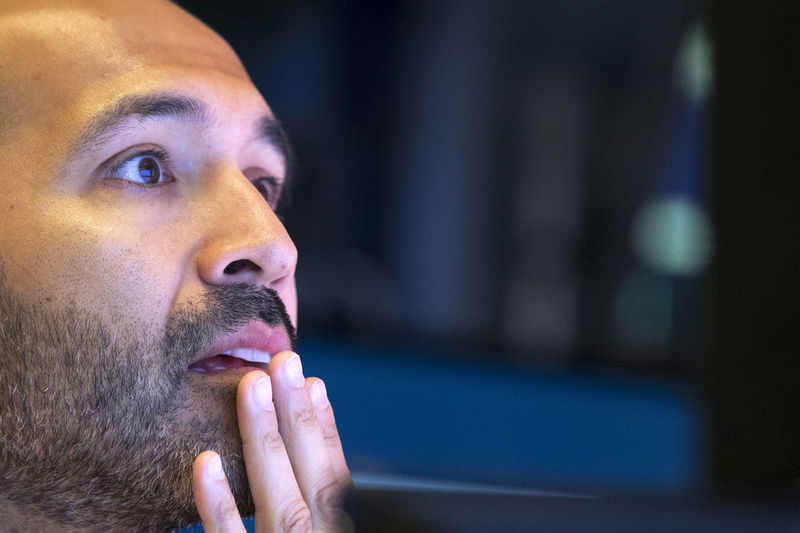Benzinga - by Shanthi Rexaline, Benzinga Editor.
Kevin Plank may not ring the same bell as a Bill Gates or the Larry Page-Sergey Brin duo or even a Mark Zuckerberg but the entrepreneurial journey of the founder of Under Armour, Inc. (NYSE:UA) has all the elements of an inspiring tale of building a business from scratch and transforming it into a billion-dollar business.
He dared to dream and did not merely rest on it but put in the hard miles. And the results are for all to see.
The Spark: Plank, who was a walk-on football player at Maryland, had good networking at a very young age, and it came in handy, the entrepreneur said in a video clip shared by a user of the X platform. “Where does it begin? And it always begins with the people that you do know, the things that are closest to you and to your heart,” he said.
For Plank, it was the 50-60 guys who were playing in the National Football League that he knew that served as the starting point. They were “just athletes and they had this limited window of time where they were gonna be with cameras in their face and making all this money,” he said.
It was then the billionaire hit upon the idea of creating something good that wouldn’t cost them anything but would be easy, and more importantly, would help them in their craft. Now he had the product concept.
As an athlete at the University of Maryland, he was always bothered by the t-shirts athletes wore and asked why someone didn’t make better alternatives. Before Under Armour, nobody ever invented and innovation was always limited to shoes and equipment, Plank said. Apparel was secondary, it was just the cloth covering that was used to designate the team, he added.
When an athlete wears a cotton t-shirt for about six hours, once it becomes saturated it could be anywhere between 2-1/2 to 3 pounds and feel heavy, he said. This could inconvenience an athlete, who are competing in sports, which are always games of inches, he added.
Sensing a huge unaddressed opportunity, Plank decided that he was not going to work for someone else. The next step is scouting for capital. During his freshmen years, he became a wholesale rose guy around the time of Valentine’s Day at college and made a profit of $17,000 a year through his college years.
Getting Started: The first investment that went into Under Armour was the money he made out of his rose business at college. “The cheapest capital you can find is sitting in your inventory somewhere, so go sell that versus spending somebody else’s… and you make the decisions what’s happening with your business,” Plank said. Then there was the $40,000 credit card opportunity available to him.
Fresh out of college at 22-23 years, Plank set up shop in a little row house in Georgia, about three blocks from the university. He lived upstairs, set up his sales office on the ground floor, and kept inventory in the basement.
Then there was this deliberation about the product concept – how to make a better shirt that can solve the problem for an athlete. In the spring of 1996, he went to the local fabric store and bought some sleek, synthetic, stretching material that fitted the concept he had. After seven prototypes were done by a local tailor and $500 spent, he had the final product.
When he brought it to his team, who were in Spring practice at the university, they tried it and liked it. The word-of-mouth advertisement saw the product reaching different sporting teams. Amazed by the reception to the new product, which is an entirely different category, Plank put his cash and time into the business.
Plank then went around learning how manufacturing worked. From setting up shop in grandma’s basement, he earned $17,000 in the first year of business in 1996 by just selling products to friends. Then he went around on road trips acquainting people with his products and fetching sales from the word that got around.
From the first $17,000 in 1996, the business grew to $100,000 in 1997 to the first five million dollars in the first five years to just under $300 million in 2005 when Under Armour went public. The company hit the billion-dollar milestone in 2010 and has never looked back since then.
Making It Big: Plank, who has since stepped down as the CEO of the company he founded, still serves as executive chairman and the brand chief of the company. In the fiscal year 2023 that ended March 31, 2023, the company reported revenue of $5.74 billion, with about 67% coming from apparel, 25% from footwear, and the remaining from accessories.
Wholesale sales account for a little over 60% of the sales and direct-to-consumer sales make up the remainder. Overseas revenue accounted for about 34% of the total.
The direct-to-consumer sales are generated through Brand and Factory House stores and e-commerce websites. As of March 31, 2023, in North America, it had 176 Factory House stores and 18 Brand House stores throughout the U.S. and Canada. The company has a brand relationship with NBA star Stephen Curry.
Under Armour stock is a component of the S&P 400 MidCap Index.
The stock ended Tuesday’s session up 0.94% at $7.54, according to Benzinga Pro data.
Read Next: 71-year-old Shares 22 Most Important Lessons Young People Should Know
Photo via Shutterstock
© 2023 Benzinga.com. Benzinga does not provide investment advice. All rights reserved.
